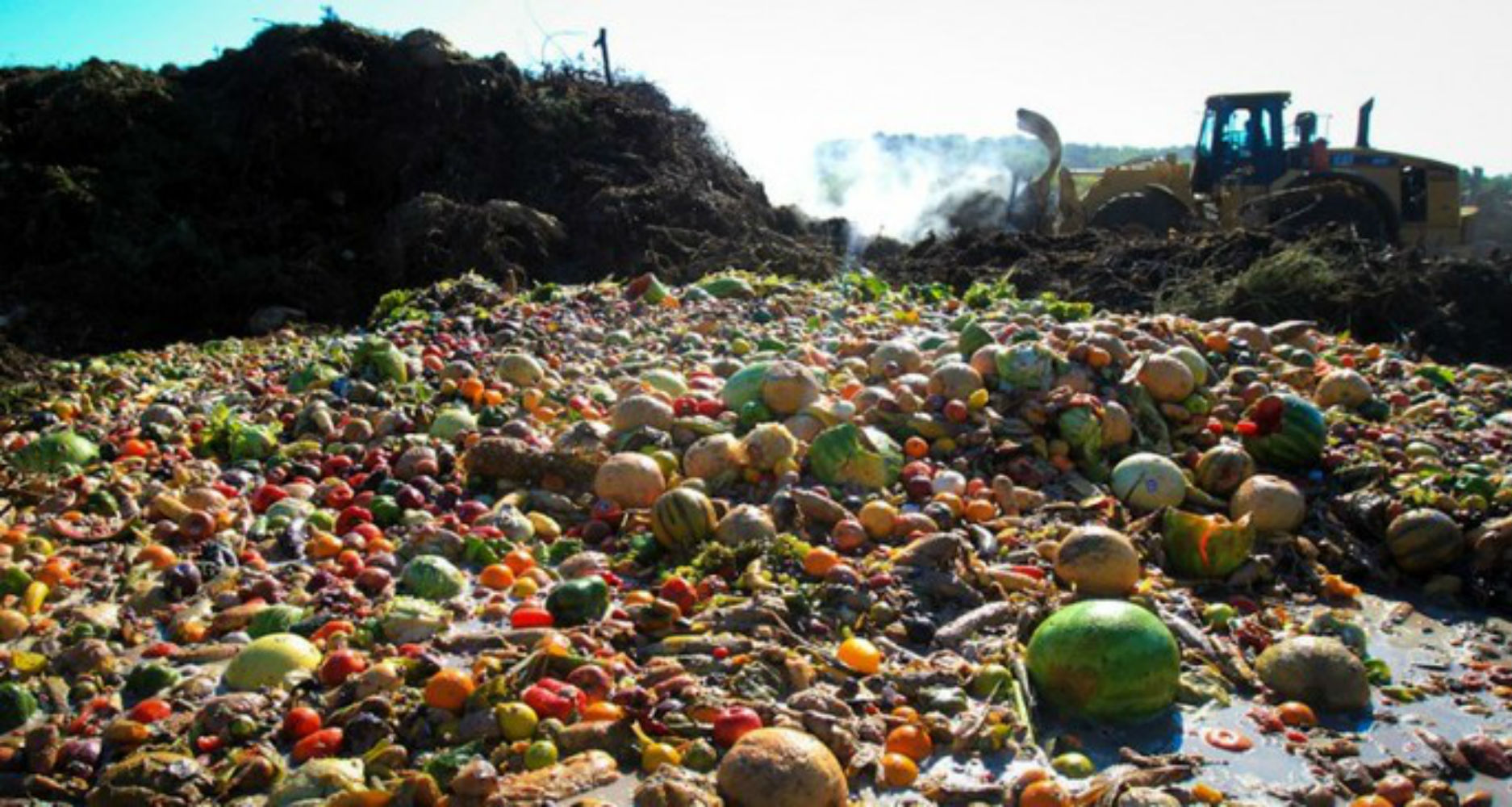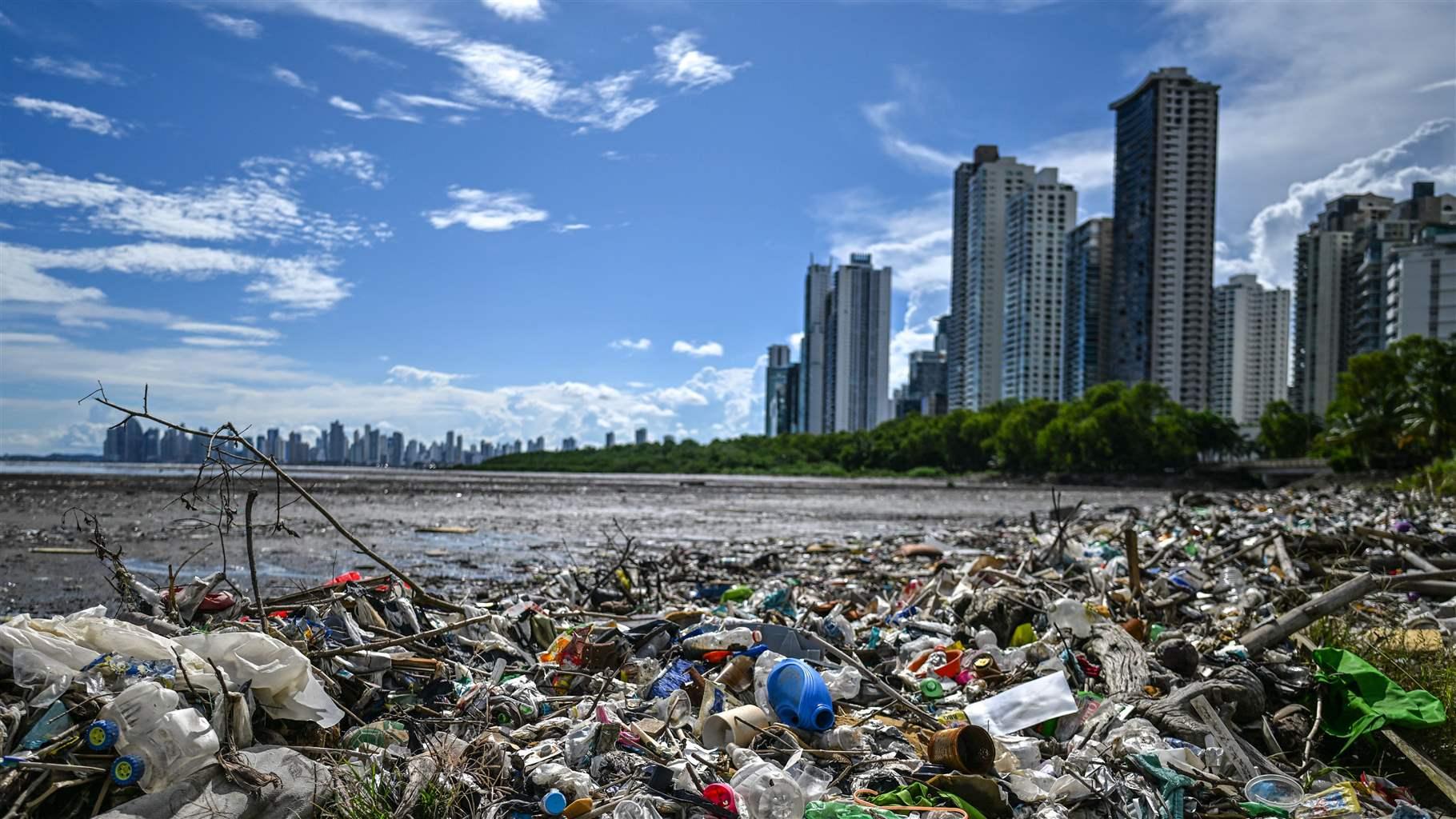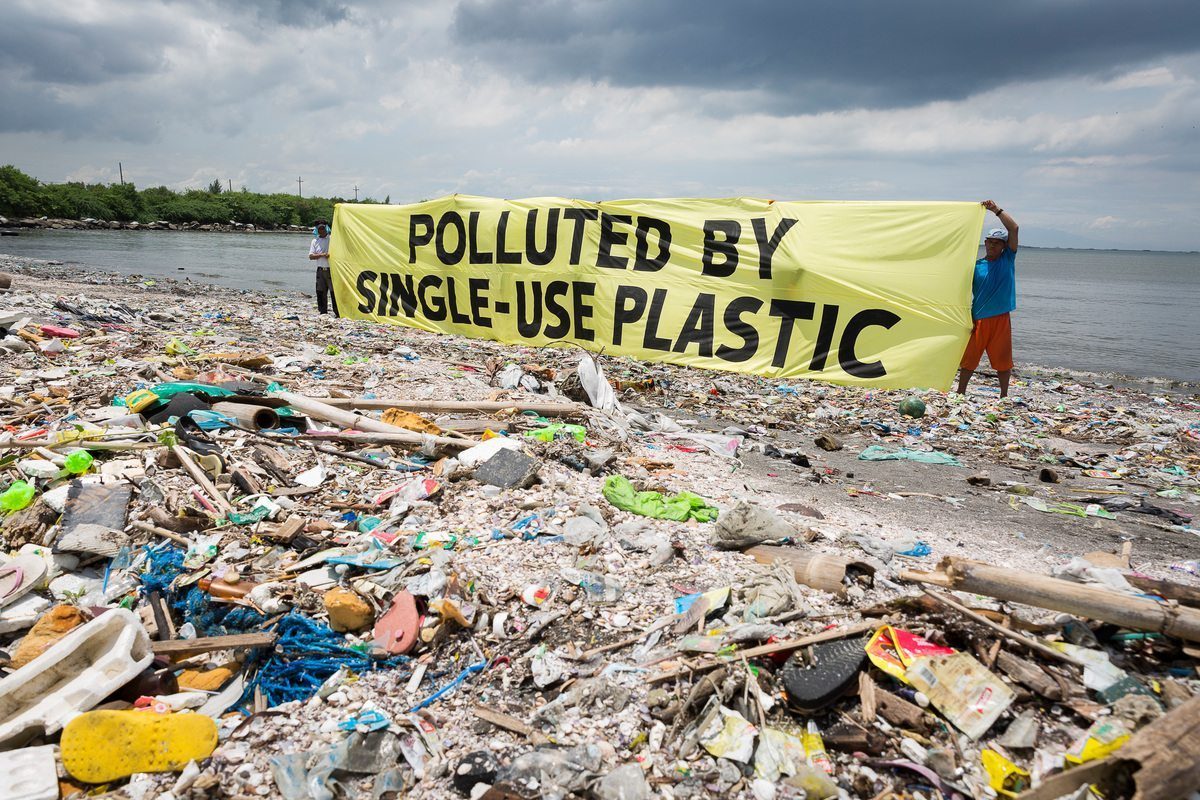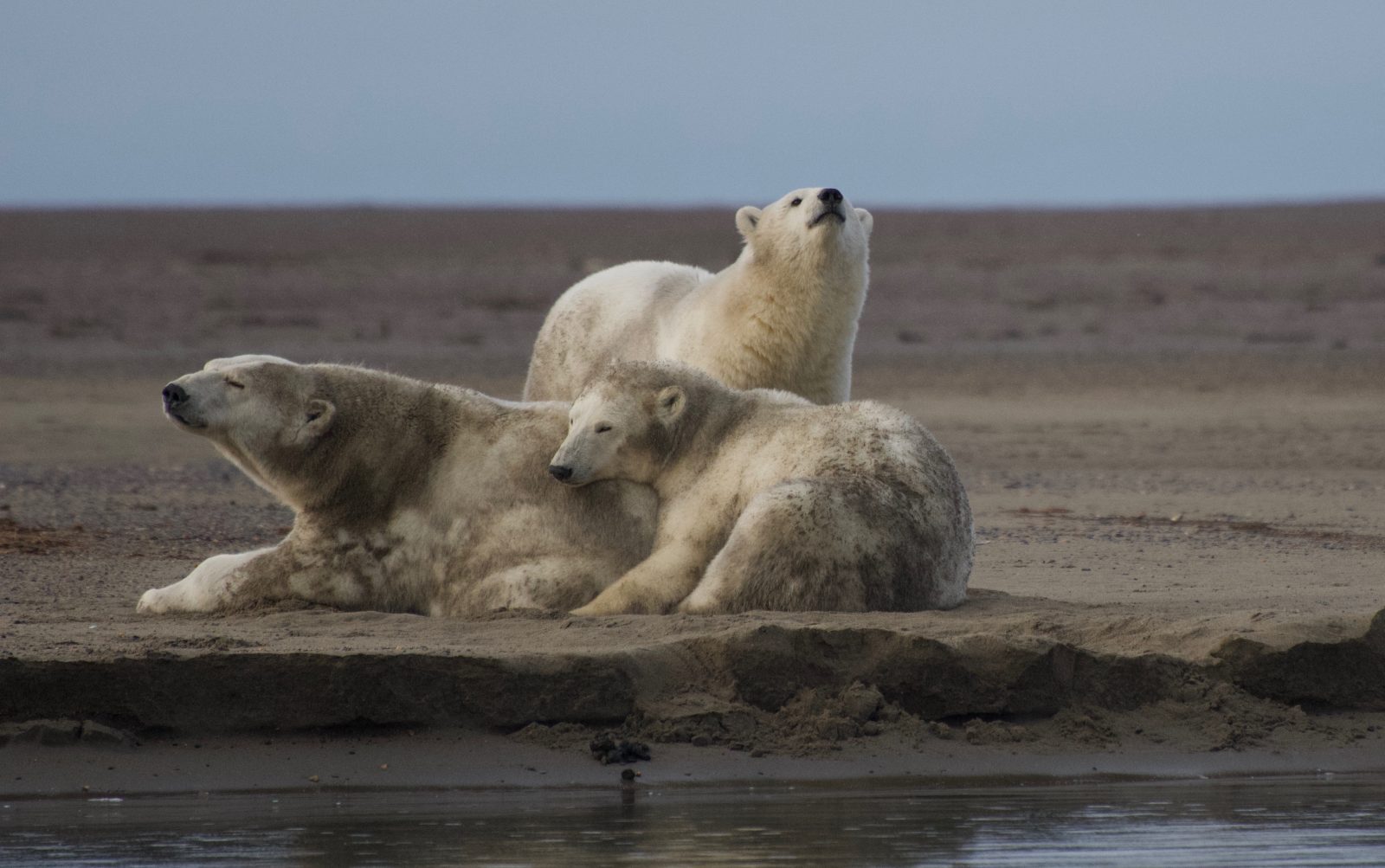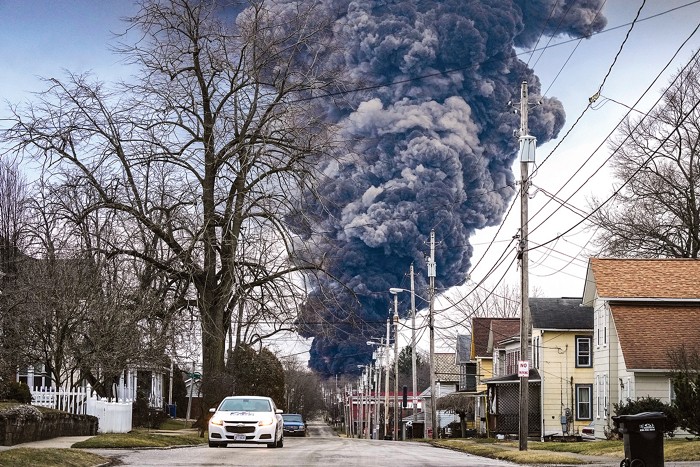Take a second right now and reflect on your daily eating habits. How much food do you normally eat? How much do you throw away?
The United States is ranked second in the world for countries with the most food waste per capita. Second in the whole world. On a daily basis, about one pound of food is wasted per American. That is nearly 206 billion pounds total. Despite having 37 million food insecure Americans, nearly 40% of all food in the United States is wasted or lost. Clearly, some changes need to be made to the way in which food consumption is approached.
Why is this relevant to the environment?
Food waste has an irrefutable link to greenhouse gas emissions and climate change; about 6-8% of all human generated greenhouse gas emissions come from food waste. The producing, processing, transporting, preparing, and storing of this wasted food releases emissions equivalent to that of 37 million cars or 42 coal-fired power plants, just to put it in perspective. Additionally, agriculture takes up 80% of all water consumed in the US, wasting about 21-33% of all water distributed in the country per year.
What can be done?
At this point in time, we should be aiming to feed more people while wasting less food. The implementation of a few small practices in your everyday life could make all the difference. If you are looking for a way to be civically engaged and help prevent climate change, then this is for you.
-
Plan ahead and buy or take only the food you know you will eat.
Depending on circumstance, you may be getting the majority of your meals from a dining hall or cooking. Either way, think ahead about how hungry you will be and realistically how much food you will be able to eat. Try not to go food shopping on an empty stomach. If you are at a buffet style dining area, take a small amount of food and come back for additional servings later.
- Make the most of leftovers.
If you are going to shop, think about how you can incorporate your leftovers to make the most of the food you bought. Use your freezer as well to keep items fresh for a long period of time.
- Talk with your friends and family about making changes.
The only way to bring about change is awareness. Tell those around you about the steps you are taking to reduce food waste, and hopefully they will follow suit.

